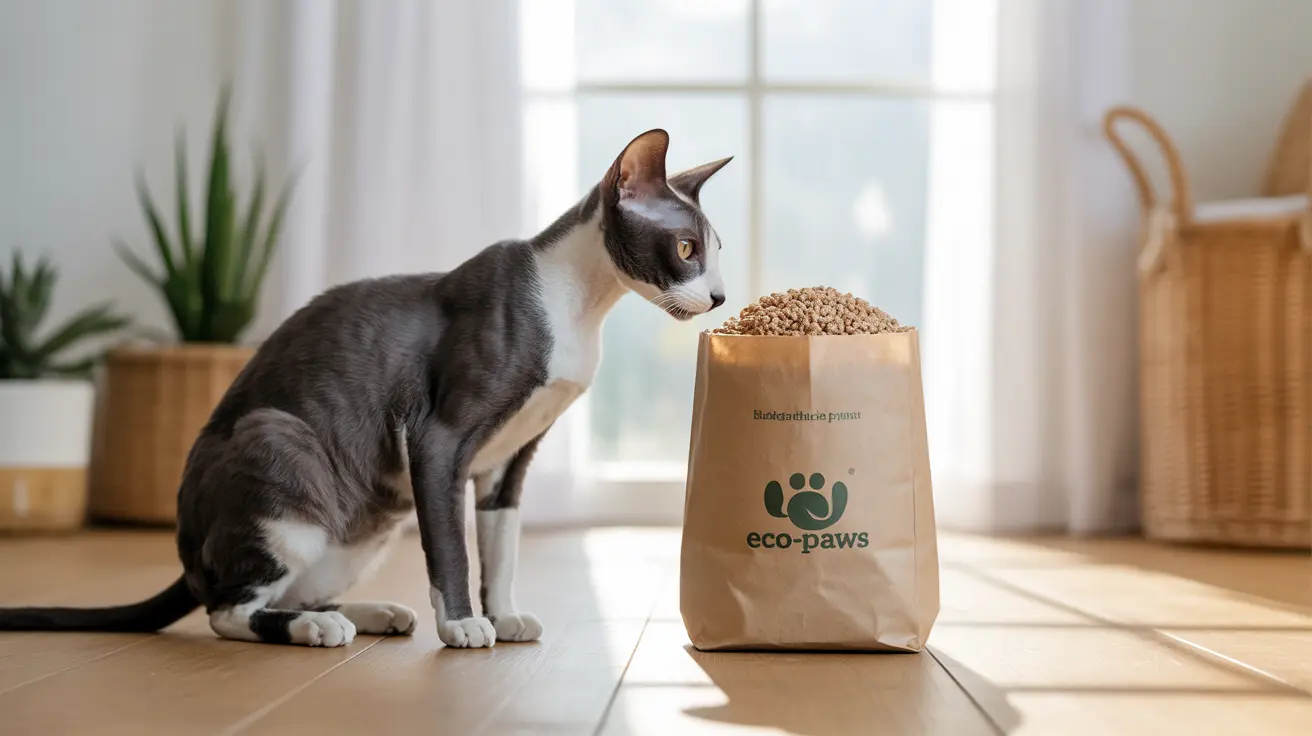Introduction
Finding sustainable ways to dispose of cat litter without plastic bags has become increasingly important for environmentally conscious pet owners. With over 2 million tons of cat litter ending up in landfills annually, making the switch to eco-friendly disposal methods can significantly reduce your environmental impact. This comprehensive guide will explore various plastic-free alternatives and sustainable practices for managing your cat's waste responsibly.
Whether you're just starting your sustainability journey or looking to optimize your current routine, we'll cover everything from biodegradable litter options to proper composting techniques and innovative disposal solutions that don't rely on plastic bags.
Choosing Eco-Friendly Cat Litter Options
The foundation of sustainable cat waste management starts with selecting the right type of litter. Modern alternatives to traditional clay-based products include:
Plant-Based Options
- Corn and cassava blends
- Wheat-based litter
- Walnut shell products
- Pine pellets
- Coconut coir
These biodegradable options break down naturally and can often be composted when free of waste, making them ideal for plastic-free disposal systems.
Sustainable Disposal Methods
Paper-Based Solutions
Instead of plastic bags, consider using:
- Paper grocery bags
- Biodegradable paper waste bags
- Newspaper wrapping techniques
- Compostable bags made from plant materials
Direct Disposal System
Create a two-container system:
- Keep a small, covered waste bin with a compostable liner near the litter box
- Transfer contents to an outdoor composting bin or municipal waste container when full
Composting Guidelines
While composting can be an excellent disposal method, it's crucial to follow these important rules:
Safe Composting Practices
- Never compost cat feces in gardens used for food production
- Use separate composting systems for pet waste
- Maintain proper temperature and moisture levels
- Follow local regulations regarding pet waste composting
Alternative Disposal Solutions
Biodegradable Bags
When bags are necessary, opt for certified compostable options made from:
- Cornstarch
- PLA (polylactic acid)
- Other plant-based materials
Reusable Container Method
Implement a system using:
- Washable scooping containers
- Dedicated waste bins
- Regular cleaning schedules
Best Practices for Maintenance
To maximize the effectiveness of your plastic-free disposal system:
- Clean litter boxes daily to prevent odor buildup
- Use natural cleaning products
- Maintain proper litter depth
- Monitor your cat's acceptance of new materials
Frequently Asked Questions
How can I dispose of cat litter without using plastic bags in an eco-friendly way?
Use paper bags, compostable bags, or a direct disposal system with a reusable container. Transfer waste to municipal bins using biodegradable materials instead of plastic.
What are the best biodegradable cat litter options that don't require plastic bag disposal?
Pine pellets, corn-based litter, wheat-based products, and walnut shell litter are excellent biodegradable options that work well with plastic-free disposal methods.
Is it safe to compost used natural cat litter at home, and how should I do it?
Only compost uncontaminated natural litter or create a separate composting system specifically for pet waste. Never use pet waste compost on food gardens due to potential pathogens.
Can I flush my cat's waste with natural or flushable cat litter without harming the environment?
While some natural litters are marketed as flushable, it's generally not recommended due to the risk of spreading parasites and overwhelming sewage systems. Check local regulations before flushing any cat waste.
What non-plastic methods can I use to manage and dispose of cat litter waste responsibly?
Use paper bags, compostable bags, newspaper wrapping, or a reusable container system. Combine these methods with biodegradable litter for the most environmentally friendly approach.
Conclusion
Transitioning to plastic-free cat litter disposal methods is a meaningful step toward reducing your environmental impact. By choosing sustainable litter options and implementing proper disposal techniques, you can effectively manage your cat's waste while protecting the planet. Remember to start with small changes and gradually build a routine that works for both you and your feline friend.






